Mark Your Mark on Your Art: A Guide to Calligraphy Essentials
Even though calligraphy has been around for many years, it nevertheless retains its distinctiveness. In light of this, contemporary calligraphers now endeavour to learn the craft and develop their distinctive style, methods, and means of producing art.
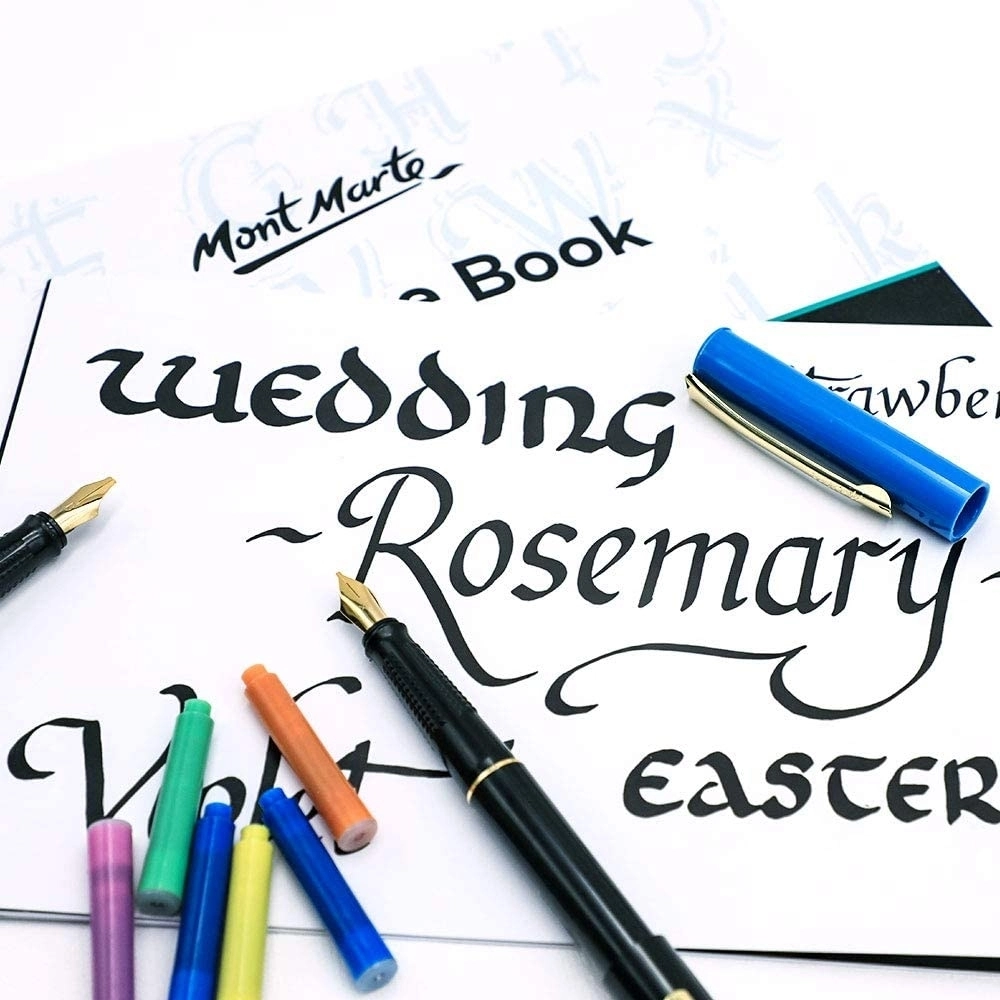
But, in addition to being an art form, calligraphy comes with a plethora of physical and mental health benefits! Senior ability enhancement as well as increased patience and mental focus are some of them.
Calligraphy Must-Haves
Whether starting to learn modern calligraphy or just sharpening your skills, having premium calligraphy supplies is crucial to get started in the right way. However, with so many options available finding the right set can be overwhelming. Here we have broken down the must-haves every serious calligrapher should own.
Calligraphy Pen
The type of pen you decide to go for will certainly depend upon your skill level and what suits you most. Beginners should make a solid start with a ballpoint pen. They are used to make ‘faux calligraphy’ and are ideal for those who are not really into throwing out of their comfort zone from the start and want to gradually build their skills.
At this point, you don’t have to use a flimsy biro either, as some good-quality ballpoint pens use different, calligraphy-friendly inks. As you get slightly more advanced, the fountain or dip pen is your next logical step. At this level, your hand pressure is going to come into play when making a selection.
Depending on how you write, ink cartridges can print quite a few pages. However, if you’re still not used to dipping your pen or want to practice on the go, you should always have a fountain pen at hand.
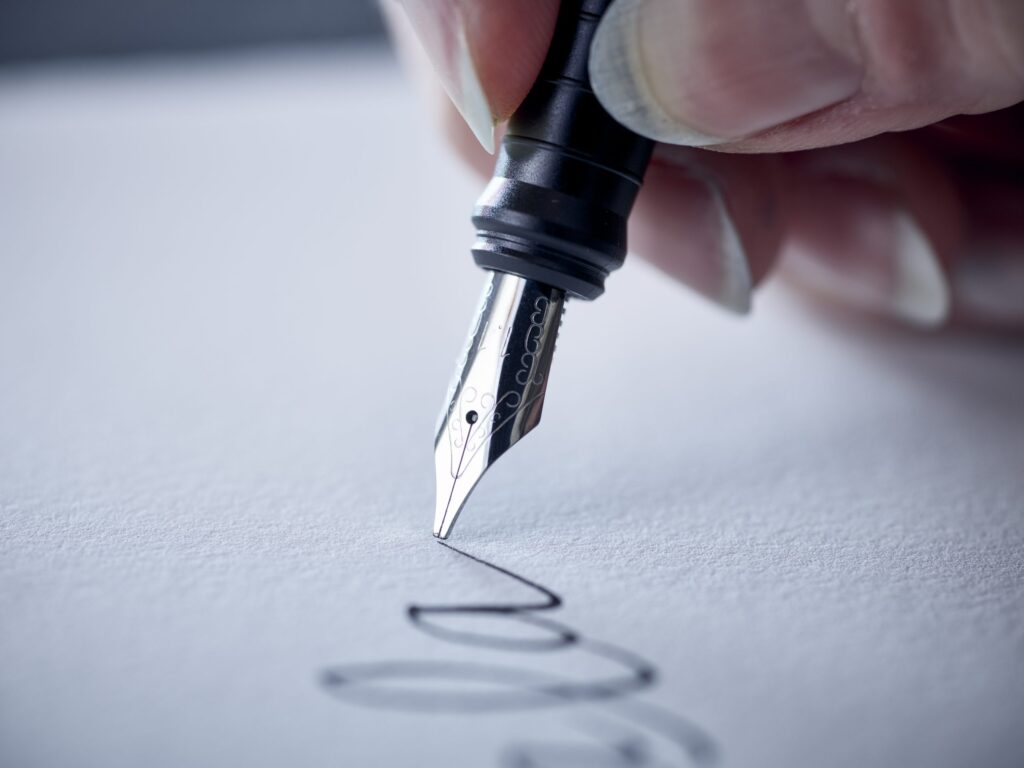
Because using a fountain pen requires less ability than using a dip pen, it is better suited for beginners. More reliably, the ink flows through the feed. While using a fountain pen has its limitations, it does provide a distinct sensation from writing with a ballpoint pen. Dip models will be easier to use once you’re accustomed to using a fountain pen because you’ll have some useful muscle memory and familiarity.
When choosing these supplies for calligraphy, consider your hand pressure. If you have a heavier hand, for example, you will need less nib elasticity which refers to how much the nib will move. As you will see, most nibs have a slit in them that divides two “tines. The elasticity describes the tines’ range of motion.
Try writing a few words in pencil on a folded piece of paper to observe how heavy-handed you are. Look to see how much of an impression was left on the paper’s folded half. For instance, a discernible impression means you have heavy hand pressure.
Calligraphy marker pens are also available for beginners. Although you do have more control over the pen, you can’t affect your line width. However, marker pens now come in a wide range of sizes, so you won’t have any difficulties while experimenting and finding the right one for your calligraphy aspirations.
Brush pens are yet another calligraphy supplies every beginner should consider! It is a lot easier to get the hang of using a brush than it is to learn how to use a dip pen. This is useful for experimenting with different lettering or writing styles. They offer more functionality and are just as simple to use as ballpoint and fountain pens. Moreover, their upkeep is a breeze!
Calligraphy Paper
There are some important considerations to keep in mind when selecting calligraphy paper for selling artwork. You want paper that is thick and smooth. A card, for instance, has a texture that will impact how your ink settles. Card stock, on the other hand, immediately begins absorbing the ink, which results in the script’s fuzzy edges.
Alternatively, some printer sheets can offer an excellent writing surface, but you should normally avoid these. They frequently don’t have enough thickness and cause the ink to bleed.
For novices, paper’s smoothness is far more important than its thickness. You already anticipate being a touch tough. If you’re just starting, don’t worry too much if the ink bleeds a little on thinner paper; instead, concentrate on getting used to how the pen glides.
A beginner should also think about getting some practice paper with layouts on it. Online, you can discover a variety of notepads with traceable layouts of various scripts and areas for practising various approaches. To assist keep letters proportionate, dotted grid paper is also advised.
Ink
The choice of ink is also quite individual; what works well for one calligrapher may be a disaster for another. Fortunately, there are numerous types, compositions, and colours to pick from, however, this might be perplexing when looking for the “ideal” calligraphy ink. Keep in mind though that you should never use ink for fountain pens as it’s specifically made for dip ones only.
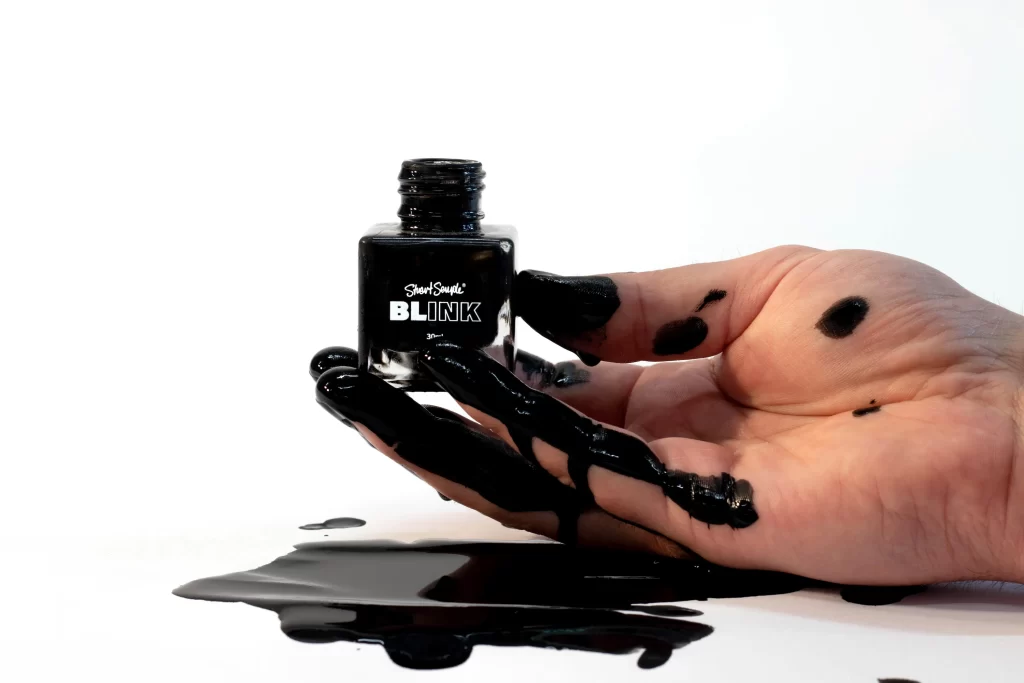
Many people often confuse calligraphy with Indian ink. However, they’re not the same! They are made differently and used for different purposes. Water, pigments, lubricants, surfactants, and biocides are the main ingredients used to make calligraphy ink.
In addition, water and carbon or lamp black pigment are occasionally combined with varnish to create an India ink. When the ink is dried, gelatine or varnish is added to make it more resistant to fading or waterproof.
On the other hand, a few types of calligraphy ink are not waterproof. Additionally, they are a bit thicker than typical inks, so when writing on paper, the ink rests firmly on the surface and does not penetrate the fibres. When it comes to expiration, the ink will last much longer and won’t go bad if it is of good quality and is stored properly!
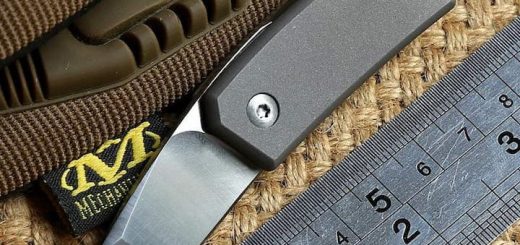
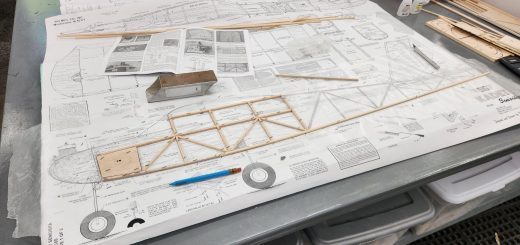


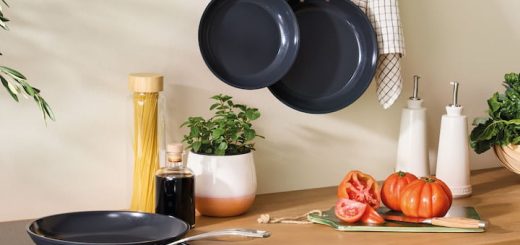




![AFX Sauber F1 C44 Stake No24 Slot Car [22092]](https://www.availableonline.com.au/wp-content/uploads/2025/06/6ccd9e30-c6fa-4910-9081-5fcc3ba80b04__60843-520x245.jpg)